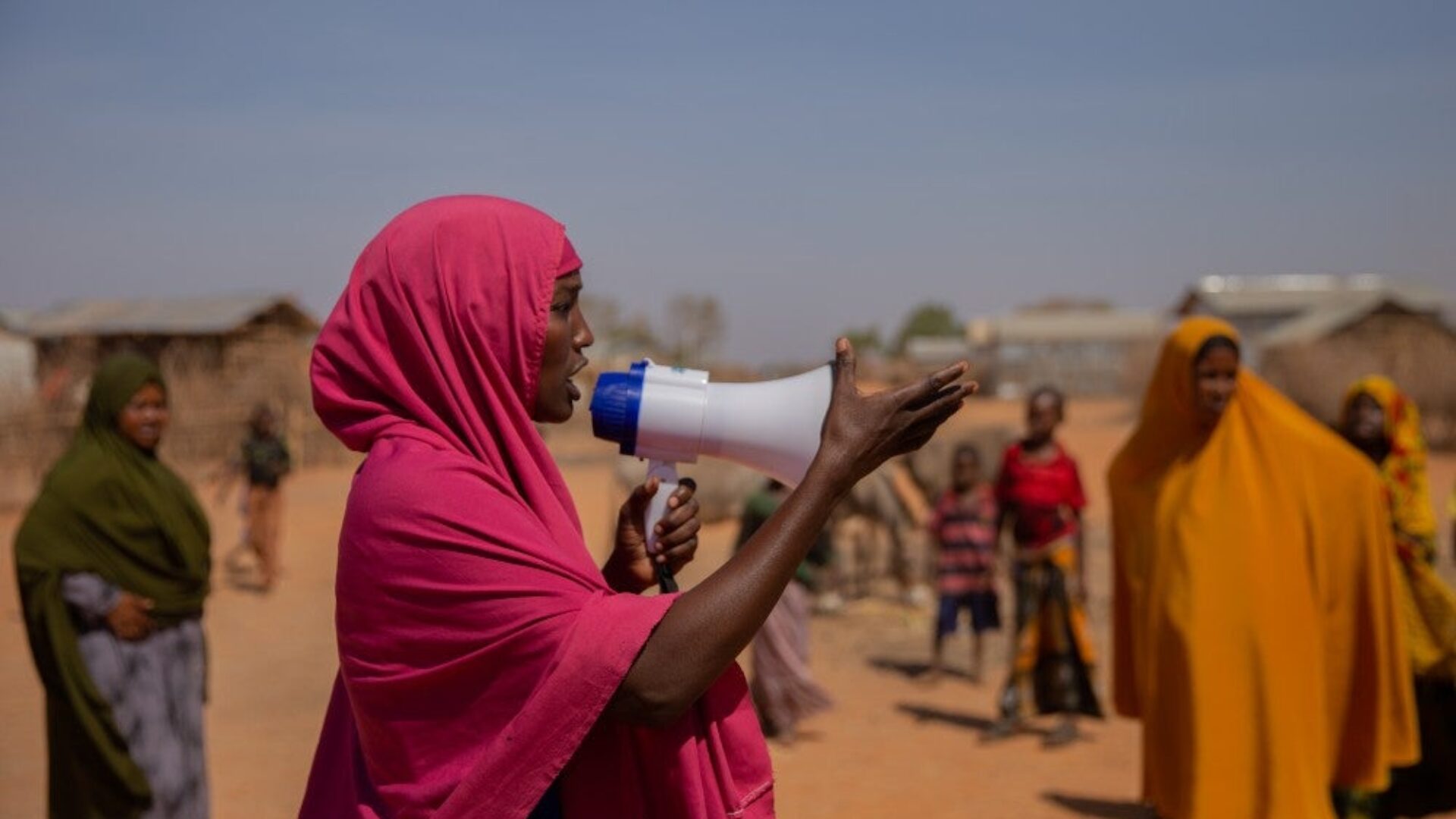A New Lens on Forced Displacement

The Women Peace and Security (WPS) Index, published by Georgetown University’s Institute for Women, Peace and Security (GIWPS) and the PRIO Centre on Gender, Peace and Security (PRIO GPS) draws on recognized data sources to measure and rank women’s inclusion, justice, and security across 11 indicators in 170 countries. This year, Norway, Finland, and Iceland lead the rankings, while Afghanistan, Syria and Yemen are at the bottom.
With the population of forcibly displaced approaching 90 million and at an all-time high, the WPS Index methodology has been adapted and applied to systematically measure the situation of forcibly displaced women. The results for five African countries – Ethiopia, Nigeria, Somalia, South Sudan, and Sudan – found that displaced women experience an average disadvantage of about 24 percent compared to host community women. Displaced women faced greater economic marginalisation and financial exclusion, and often felt less free to move about. And they generally faced much higher risks than host community women of intimate partner violence at home, rising as high as 42 percent in South Sudan.
Three years ago, the international community established the Global Compact on Refugees (GCR) – a multi-sector ‘programme of action’ to support countries hosting large numbers of refugees and building refugee self-reliance. This briefing by GIWPS and the International Rescue Committee uncovers some of the factors that compound gender discrimination and deepen displaced women’s marginalisation, compromising their access to inclusion, justice, and security and the overall success of the GCR. It summarises the forced displacement WPS index findings demonstrating the GCR ambition has not been achieved for women and girls and points to policy and programme approaches to addressing the challenges identified, defining targeted recommendations on page 10 for stakeholders to progress justice, safety and inclusion for displaced women and girls who are at real risk of being left behind.
Recommendations
An overarching recommendation is the need to ensure that programmes and policies simultaneously address the effects of multiple intersecting inequalities and discrimination faced by women affected by displacement, to ensure that their needs and priorities are addressed holistically. The international community must show stronger support for the GCR and urgently prioritise, empower and protect displaced women and girls, monitor and report data disaggregated by gender, in addition to age and diversity. We recommend in particular:
Host governments
- Take concrete steps to review and, where necessary, revise national laws and policies to achieve gender equality and enhance economic inclusion for forcibly displaced populations, including measures to:
- Increase free movement and access to labour markets and financial services.
- Expand inclusive social protection to people affected by crisis and displacement.
- Provide safe, affordable and accessible care services, notably quality childcare provision.
Public and private donors and multilateral stakeholders
- Direct more multi-year, flexible funding to frontline responders in fragile and conflict-affected contexts including via local, national and international NGOs and women’s rights organisations – including women-led workers’ organisations and women-led businesses.
- Direct more multi-year, flexible funding towards investments and programming that focus on comprehensive and gender-transformative interventions, products and services to complement programming focused on increased access.
- Support the use of indicators that women themselves identify as important to track progress on investments.
- Take steps to increase coherence between relevant key policy frameworks, including across gender, development, women, peace and security, humanitarian and economic development policy – for example via better linkages between humanitarian cash transfer programs and social protection systems.
Agencies collecting survey data, including the World Bank, UN Agencies, Joint Data Centre on Forced Displacement and Demographic Health Survey (DHS)
- Include forcibly displaced populations in population wide and household-based data collection, especially in countries where there are significant numbers of displaced people. Large samples with adequate representation of forcibly displaced women and girls are needed to underpin research on social and economic characteristics across the life course.
- Collect individual-level data disaggregated by gender, age and displacement status, including about labour market participation, hours of paid work (and ideally unpaid work), earnings and transfers as well as other relevant indicators defined by displaced women themselves.
- Collect longitudinal and panel data on displaced communities and hosts to enable tracking of trends over time, and better understanding of drivers.
Download the full report here.
Explore More

Women, Peace, and Security Shadow Report to Congress: What Was Built, What…

WPS Index 2025/26
